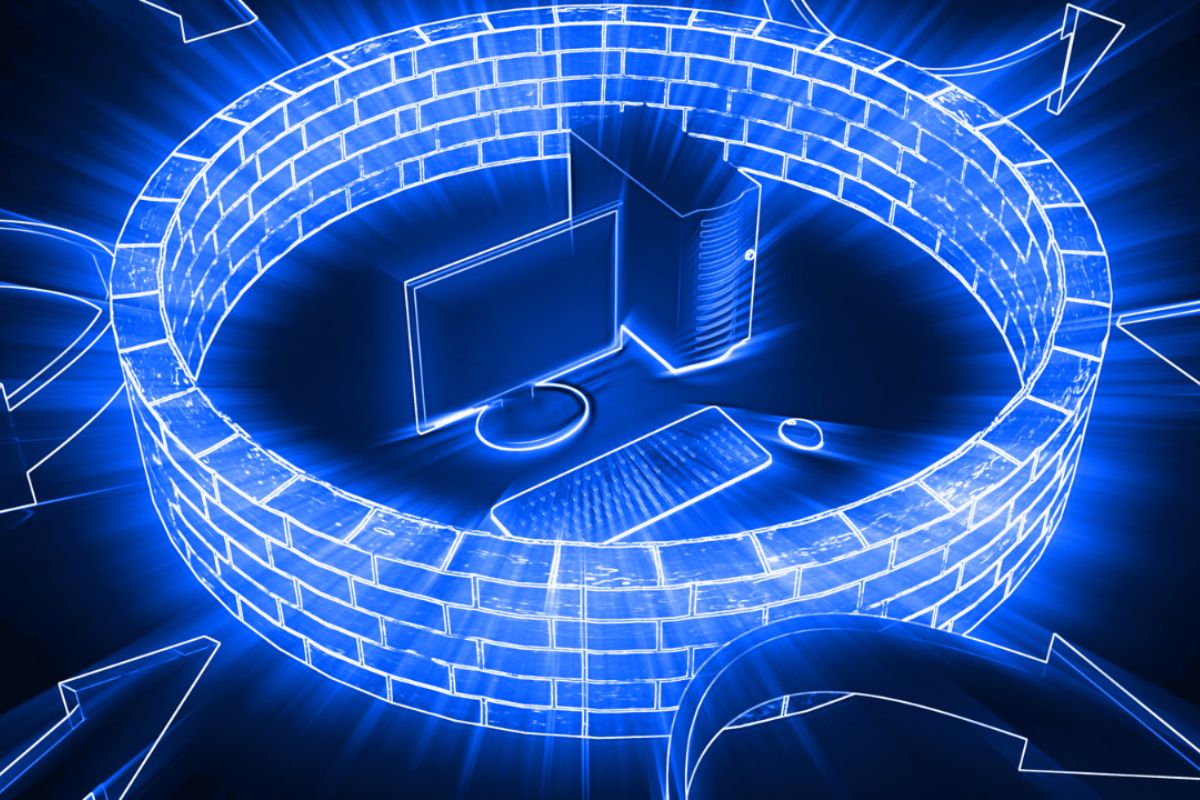
15 Great Firewall Features
Firewalls are no longer just optional for businesses—they’re essential. In a world where cyber threats are increasingly sophisticated, a modern firewall is your first line of defense. But with so many options and technical terms, it can be tough to know which features matter most.
This article dives deep into 15 powerful firewall features that go beyond basic protection to offer intelligent, dynamic, and layered security. Whether you’re an IT professional or a business owner, these features can help you make more informed decisions when choosing or upgrading your firewall solution.
- Stateful Packet Inspection (SPI)
Stateful Packet Inspection is a step up from traditional packet filtering. Rather than inspecting packets in isolation, SPI tracks the state and context of ongoing connections. It monitors the entire conversation between sender and receiver, enabling the firewall to make smarter decisions about which traffic to allow or deny.
Why it matters:
This intelligent filtering reduces false positives and blocks suspicious patterns without interrupting legitimate communication, making it ideal for business applications that require stability and security.
- Next-Generation Firewall (NGFW) Capabilities
NGFWs combine the functionality of traditional firewalls with additional security tools, such as DPI, intrusion prevention, and application control. They provide a holistic defense strategy by inspecting traffic at the application layer, not just the network layer.
Why it matters:
This feature helps prevent modern threats like encrypted malware, phishing, and application-layer attacks, which are often missed by basic firewalls.
- Deep Packet Inspection (DPI)
DPI goes beyond examining packet headers and analyzes the payload—the actual data being transmitted. It can inspect content for malicious scripts, sensitive data leakage, and policy violations.
Why it matters:
With DPI, you can identify hidden threats and block dangerous content even if it appears legitimate on the surface. It’s particularly useful for identifying ransomware or spyware embedded in legitimate-looking traffic.
- Intrusion Prevention System (IPS)
An IPS actively scans network traffic in real-time for known attack patterns or anomalies. If malicious activity is detected, it blocks or quarantines the threat automatically.
Why it matters:
This feature reduces the risk of successful cyberattacks by catching threats before they infiltrate your network. It provides an essential layer of proactive protection rather than simply reacting after a breach.
- Application Awareness and Control
This feature allows firewalls to identify and manage application usage on the network. It can recognize apps like Skype, Facebook, Dropbox, or YouTube—even if they use non-standard ports or encryption.
Why it matters:
It empowers IT admins to set policies for which applications are allowed or restricted, helping reduce shadow IT risks, conserve bandwidth, and boost employee productivity.
- VPN Support (Site-to-Site & Remote Access)
Firewalls with built-in VPN (Virtual Private Network) functionality enable secure, encrypted communication between offices or for remote workers connecting to the corporate network.
Why it matters:
In a hybrid work world, VPN ensures safe remote access to internal systems, shielding data from interception and reducing the risk of data breaches.
- Web Filtering
Web filtering allows businesses to block access to specific websites or categories (e.g., adult content, gambling, or known phishing sites). It’s often powered by URL categorization databases and customizable policies.
Why it matters:
It prevents access to harmful or distracting websites, strengthens endpoint security, and helps enforce corporate internet usage policies.
- Geo-IP Filtering
Geo-IP filtering blocks or allows traffic based on geographic origin. For example, a business might block all traffic from countries it doesn’t do business with, particularly if those regions are associated with high cybercrime rates.
Why it matters:
This limits your exposure to attacks coming from foreign IPs and can reduce the attack surface significantly for organizations operating within specific geographies.
- Antivirus and Anti-Malware Integration
Some firewalls integrate directly with antivirus engines to scan traffic for viruses, worms, and malware before they reach your devices. This works well in environments with many endpoints.
Why it matters:
It adds a crucial layer of protection that can catch threats earlier, reducing the risk of infection and downtime across the network.
- Sandboxing
Sandboxing involves isolating potentially harmful files or programs in a secure, virtual environment to observe their behavior. If the file behaves maliciously, it’s blocked before reaching the endpoint.
Why it matters:
This feature is highly effective against zero-day threats and advanced persistent threats (APTs) that traditional antivirus software may miss.
- Traffic Shaping and Bandwidth Management
This feature prioritizes business-critical applications (like VoIP or CRM software) while throttling less important ones (like video streaming). Traffic shaping ensures bandwidth is allocated based on business needs.
Why it matters:
It improves the performance of mission-critical services and prevents network congestion during peak usage times.
- Centralized Management Dashboard
A user-friendly dashboard lets IT administrators monitor, configure, and troubleshoot firewalls—often across multiple locations—from a single pane of glass.
Why it matters:
This reduces administrative complexity, improves visibility, and ensures consistent security policies across distributed networks or branch offices.
- Automatic Firmware Updates and Threat Intelligence Feeds
Modern firewalls support automatic updates, ensuring they always have the latest security patches and threat definitions. They often integrate with global threat intelligence feeds for real-time protection.
Why it matters:
Cyber threats evolve daily. These updates ensure your firewall is not lagging behind and can defend against the newest attacks, including emerging vulnerabilities.
- High Availability (HA) and Failover Support
In HA configurations, two or more firewalls operate in tandem. If the primary fails, the secondary automatically takes over without disrupting the network.
Why it matters:
This is vital for uptime-critical environments like healthcare, finance, and e-commerce. It ensures business continuity even in the face of hardware or software failures.
- Logging and Real-Time Alerts
Firewalls can generate logs of network activity and send real-time alerts in response to suspicious behavior or violations of security policies.
Why it matters:
These logs are essential for audits, investigations, and compliance. Real-time alerts empower IT teams to respond instantly to potential breaches or insider threats.
Conclusion
Firewalls have evolved far beyond simple gatekeeping tools. Today’s business-grade firewalls are intelligent, flexible, and capable of adapting to the complex landscape of cyber threats.
Understanding these 15 essential features can help you select the right firewall solution for your organization—one that not only blocks threats but also enhances performance, streamlines IT management, and ensures compliance. Contact IT Support Guy for select the right firewall solution for your organization.
